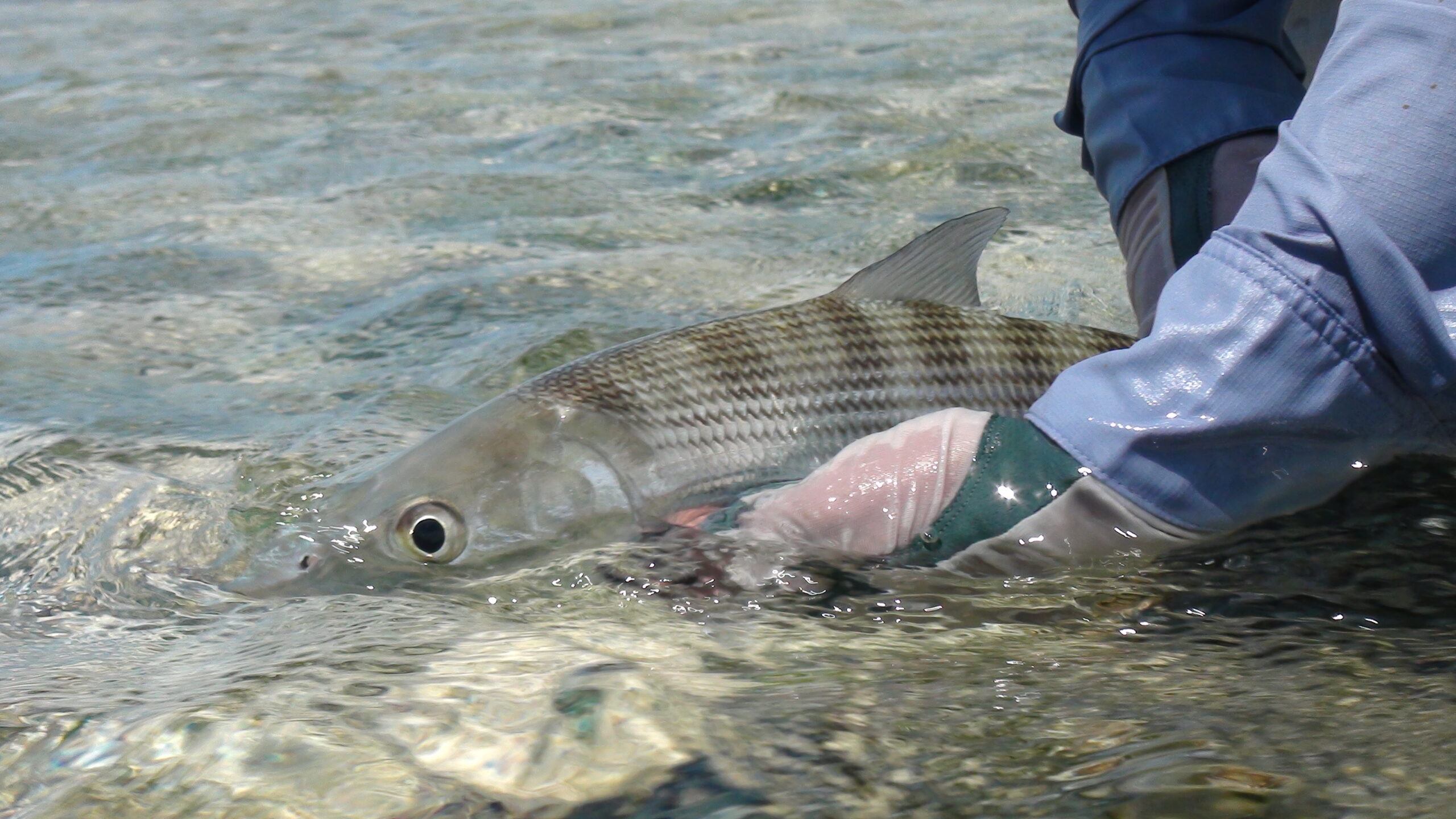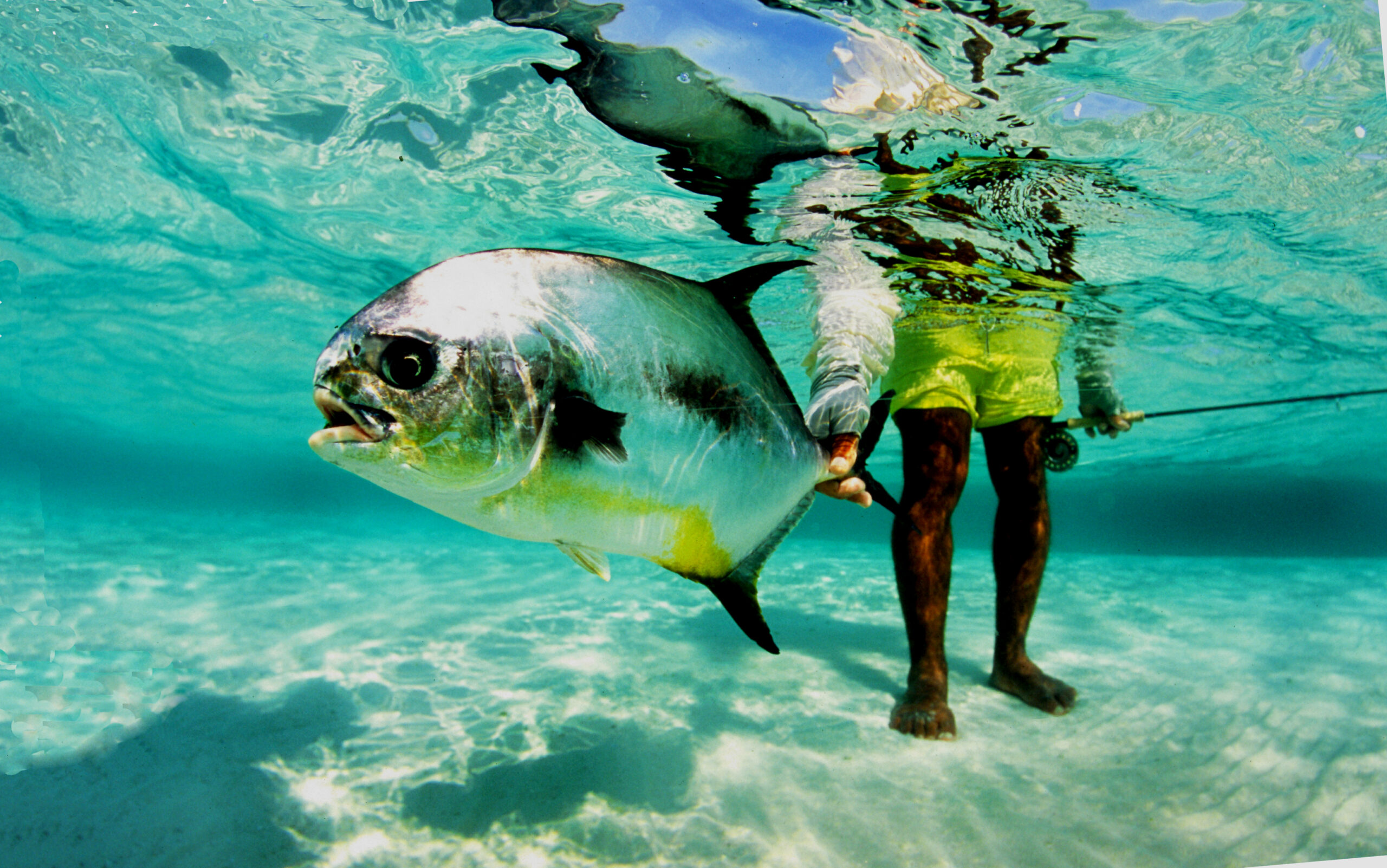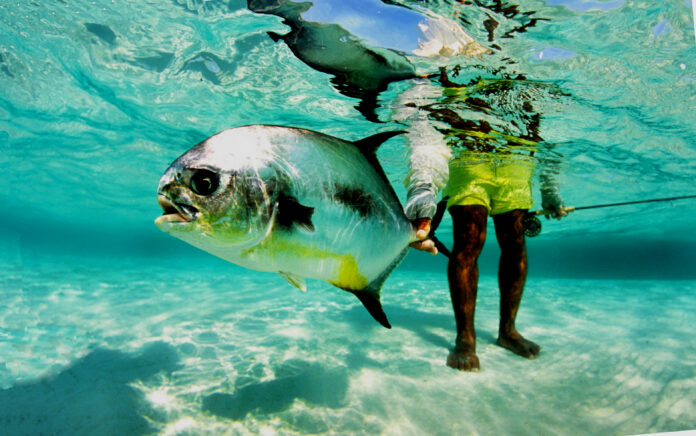Belize is blessed with extensive backreef flats and shallows from Sarteneja to Punta Gorda that provide ideal habitat for bonefish, permit, and tarpon – the fish anglers travel around the world in search of. For decades, tourists have traveled to Belize for the chance to catch the famed “grand slam” of flats fishing.
But this isn’t just about sport. Flats fishing has quietly become one of Belize’s most powerful economic engines. A 2022 study showed the industry now generates BZ$246 million annually—nearly 7% of our GDP—and supports 6,000 good jobs. And, this sector is thriving sustainably. Due to catch-and-release legislation passed in 2007, every bonefish, permit, and tarpon caught is released to be caught again, potentially.
Yet despite its success, Belize’s flats fishing is threatened. Not because anglers are taking too many fish, but because the habitats these fish depend on—backreef flats, mangroves, and seagrass beds—are being dredged, or smothered by over-water development. Once gone, these ecosystems will not come back. And when they disappear, so do the fish, the tourists, the jobs, and the millions they bring into our economy.
Turneffe Atoll Leading National Flats Fishing
Turneffe Atoll, one of the country’s crown jewels of biodiversity, is leading the way in protecting our vital flats fishing habitats. Earlier this year, the Turneffe Atoll Sustainability Association approved Belize’s first Flats Fishery Management and Sustainability Plan. It suggests limits on the number of boats that can fish the flats each day, identifies the essential habitats to protect, and outlines best practices for guides and anglers. This is pioneering work, and it should become the model for the rest of the country.
National Action Needed to Save Flat Fishing Habitats
But Turneffe cannot stand alone. National action is urgently needed. The Fisheries Act already gives the Minister of the Blue Economy the power to designate essential flats fishing areas as special “Fishery Areas.” This must be done before dredging, overwater development and mangrove deforestation wipe out the habitats essential to 6,000 good jobs for Belizeans.
We also need stronger enforcement against illegal mangrove clearance, better information about these fish populations, including spawning sites, and a serious public education campaign. Too many Belizeans still don’t realize just how much flats fishing contributes to our economy, or how quickly it could collapse if habitats are lost.
Flats Fishing, A Blue Economy Cornerstone
Flats fishing is about more than fish. It is about jobs in villages from Sarteneja to Punta Gorda. It is about protecting our reefs, backreef flats, and mangroves, which shield our coast from storms, and preserving seagrass beds, which help combat climate change by storing carbon. It is about building a truly sustainable blue economy—one that grows without destroying the natural resources we all depend on.
We have already proven our international leadership with catch-and-release laws, a gillnet ban, and marine reserves. Now it’s time to take the next step: national protection for flats fishing.
Belize cannot afford to be shortsighted. If we fail to act, we will trade a sustainable, high-value industry for short-term profit and long-term loss. But if we act boldly, we can secure a thriving flats fishery for generations to come.
The choice is ours. Let’s choose wisely.
*A Sponsored Feature from Turneffe Atoll Trust


